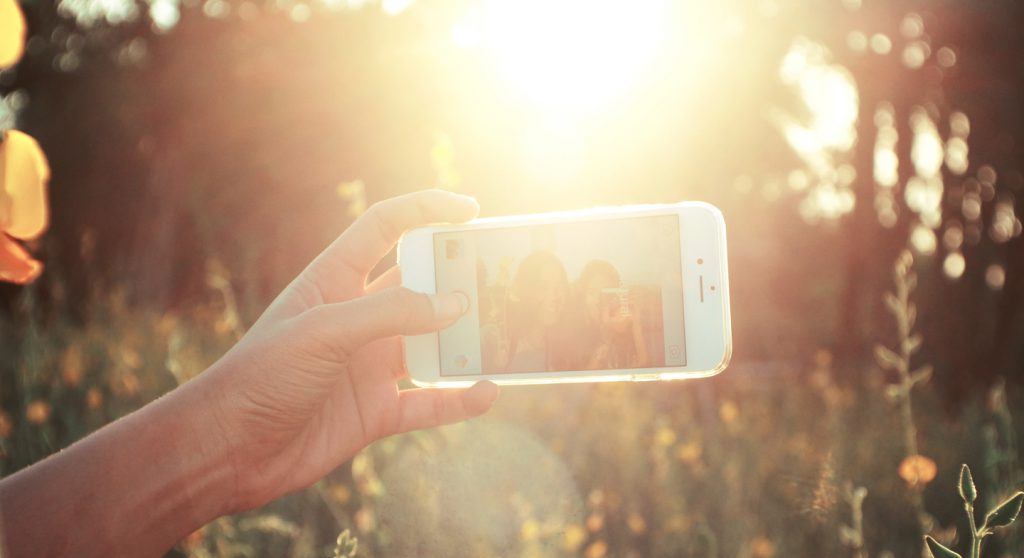
This guide was in last week’s newsletter but has proved quite a hit. So by popular demand, we’re blogging it too – feel free to share. And if anyone has got any good examples of bad blogging videos, then send us your links!
These days everybody has a camera phone with decent video capability, so the possibility of filming yourself for video blogs or diaries is very tempting. But if you rush in without preparation, it can all go horribly wrong and the embarrassing results could end up becoming a meme for all the wrong reasons!
We at Muckle Hen thought we’d give you a few pointers to help ensure your mini film comes out looking like an Oscar contender, not a viral nasty.
- Set the camera up calmly and carefully. You don’t want to give your greatest performance to find that you forgot to press record or only your ear was in frame.
- Have your camera on a stable surface and ensure that the shot is level before you start, or you could look like you’re about to capsize. A tripod is best for this – cheap ones or mini desktop types are fine.
- If you’re shooting yourself, the best camera to have is one with a twistable lcd display, so you can see the shot while you’re in situ. Without this you’ll be dashing back and forth trying to line up the shot like a schizophrenic roadrunner. And then when you press record, you’ll knock the whole thing off and end up filming up your nose.
- If you haven’t got a reversible lcd display, get yourself a friend to line up the shot and film it for you. But a good friend. Not one who’s going to make you collapse laughing half way through or feel really self conscious and dry up – it’ll all show on screen.
- A head and shoulders shot is a good size to aim for. Careful not to scalp yourself – try and give just a little bit of room around you. Not too much or you’ll appear insignificant and oddly desperate.
- Its best to shoot in natural light as electric lights can be harsh, distracting, and turn you strange hues, while strip lights are annoyingly noisy. Make sure the light source (ie the window) is not behind you or you’ll come out as a silhouette and look like you’re a terrorist making incognito demands. Better idea to have the window behind the camera, then you’ll be facing into even light
- Use a soft cloth to give your lens a wipe before you start filming, you don’t want an annoying blot on the screen distracting the viewer like an odd facial boil. (If you’ve got any odd facial boils, you might want to consider concealer stick.)
- The sound quality on most home cameras is very poor. If you can borrow a clip microphone then you’ll improve things greatly – but try to hide the cable and don’t have it brushing against clothing or you’ll get huge rustling noises that sound like a David Attenborough documentary on rodents.
- Rehearse what you’re going to say and don’t be tempted to write your lines on a card behind the camera. Your flickering eye-line will be visible to the viewer, like you’re nervously checking for intruders or scanning the party for someone more interesting
But whatever you do, relax and have fun! Your energy is thing that will communicate the most to your viewer. And if you need help with it, give us a ring! We can edit down to your footage or even film it for you, so you get a really professional communication. And if your company want to do lots of video blogs or mini films – perhaps to introduce different departments to each other or spread the blogging burden between you – we could set the whole thing up for you. Drop us a line at info@mucklehen.com.
